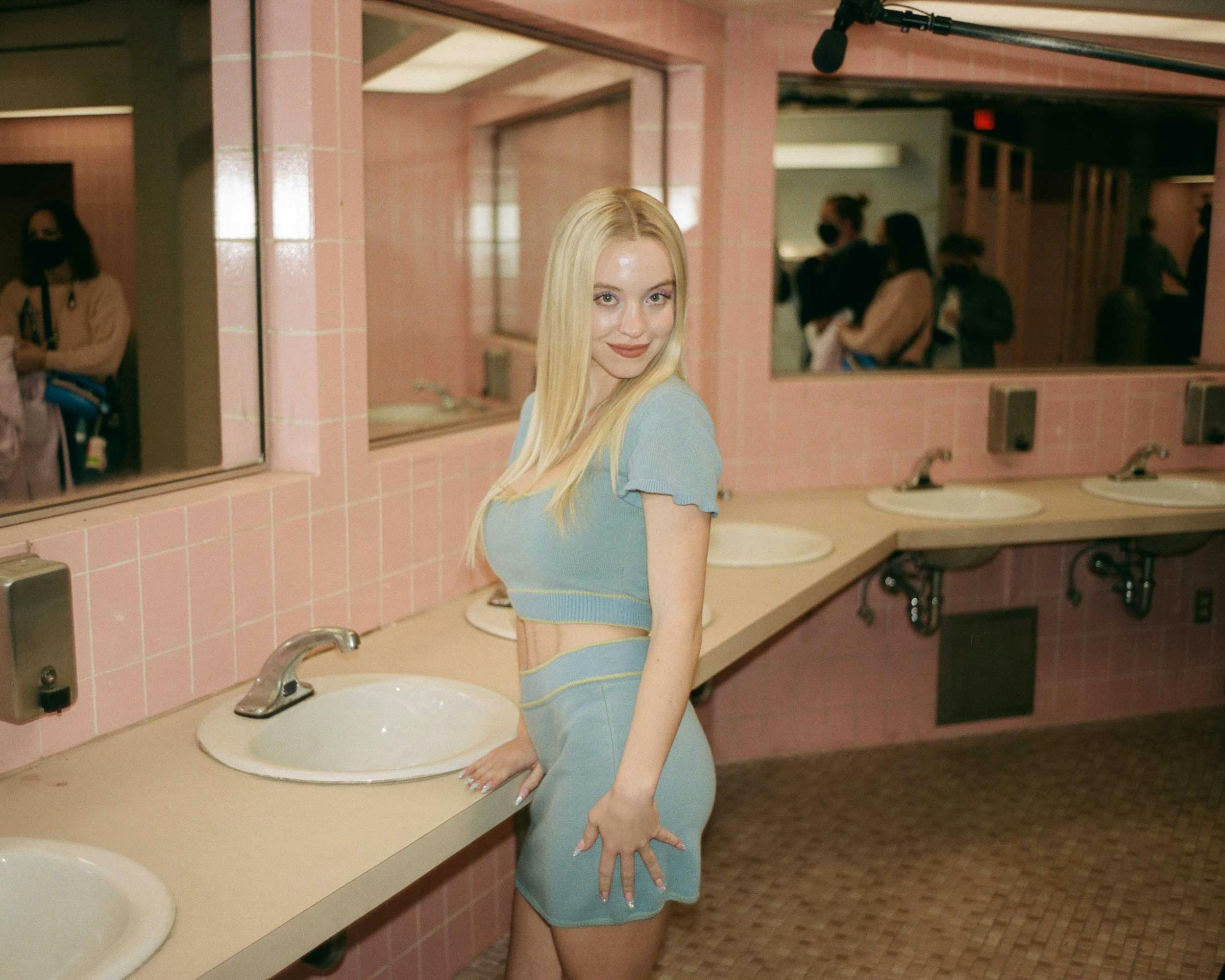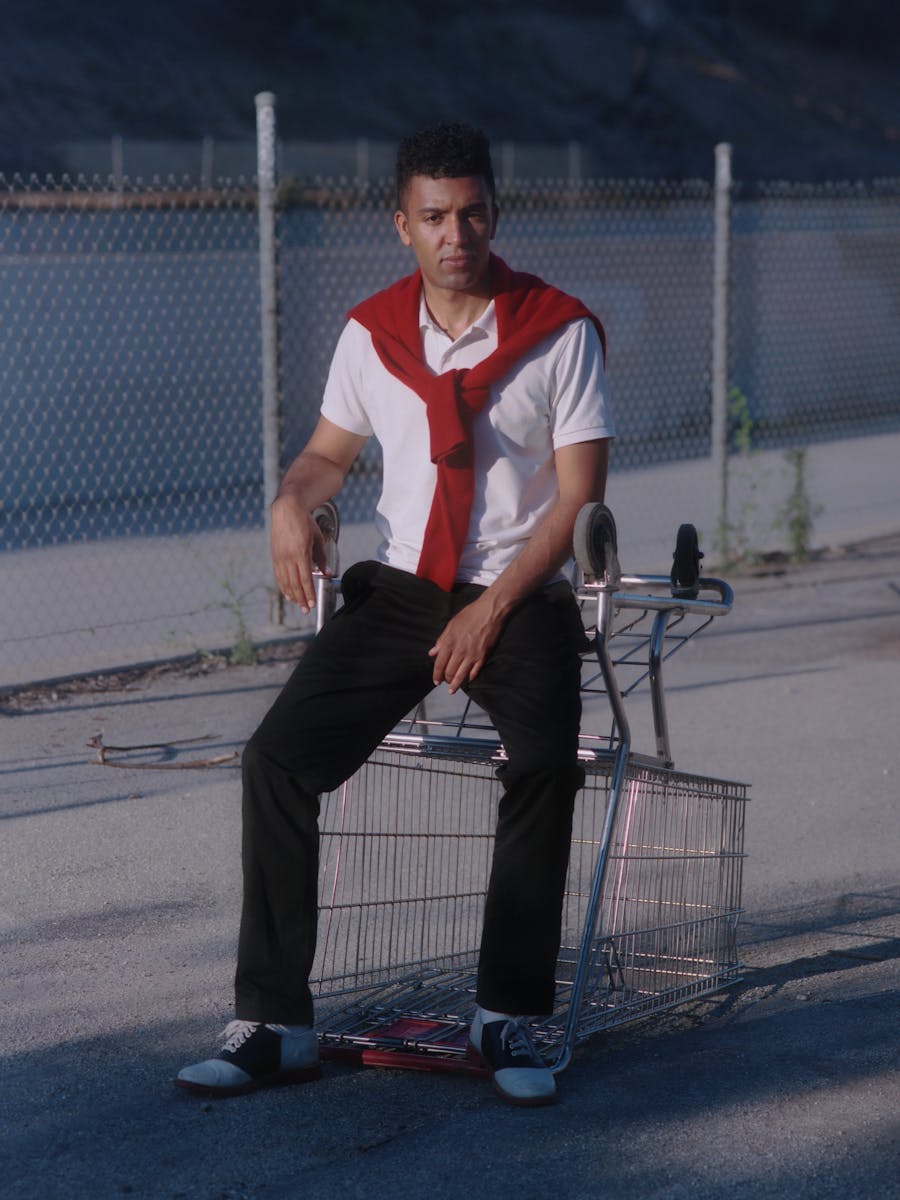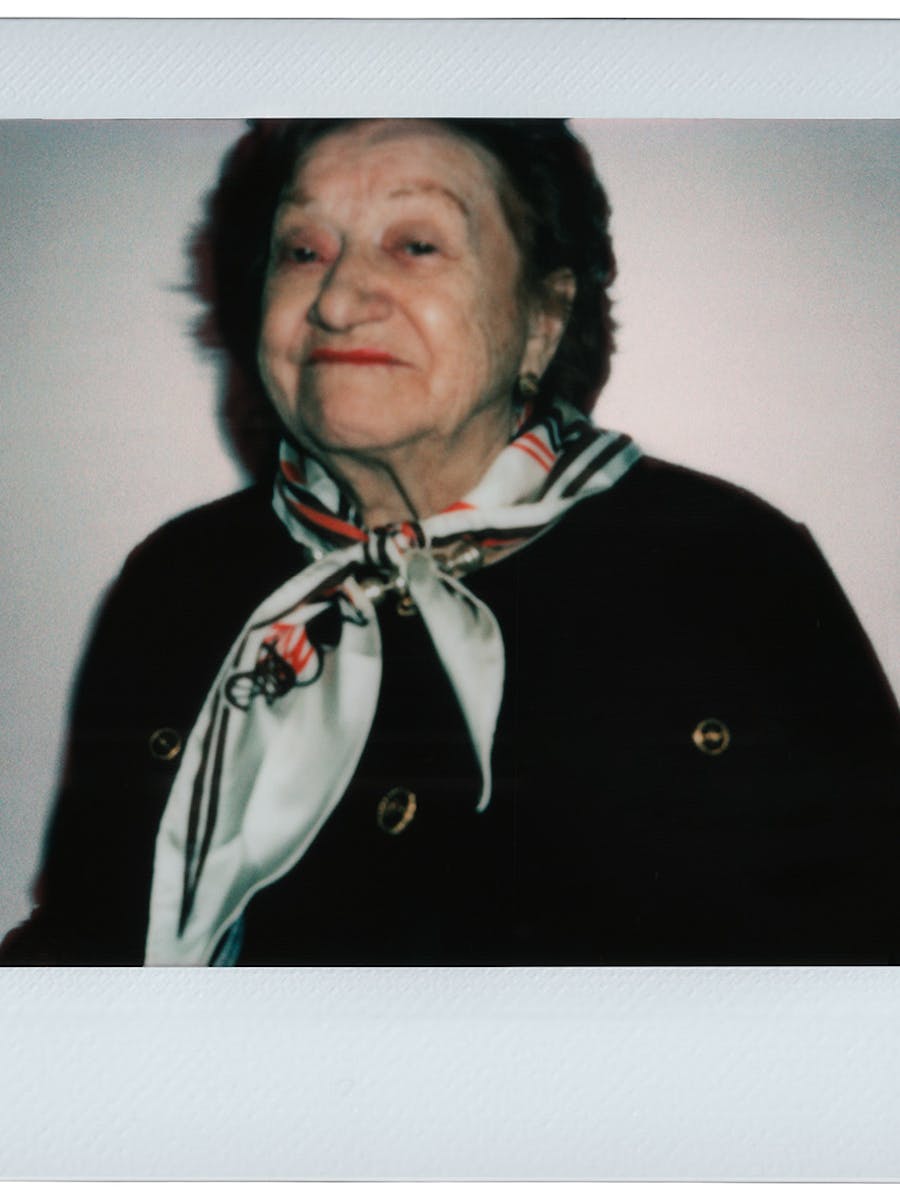It is the most watched series of recent years. Tens of thousands of memes and tweets flooding our screens every day attest to its phenomenal success. At one and the same time a pop phenomenon and a morbid one, Euphoria is a series that fascinates as much as it exhausts. Its intensity, and the violence that sometimes comes out of it, have seen it subjected to great moral scrutiny, often on the part of adults who reject in its entirety the idea that their offspring could go off the rails to that extent. But what they often forget is that Euphoria does not purport to be a documentary – quite the opposite. It is a series that walks a tightrope between fantasy and reality, vision and pragmatism. The narrative and (highly stylized) aesthetic framework, through which it explores the torments of adolescence, brings it closer to a dreamscape than a portrait, except for the scenes of drug use which deploy a hyperrealist style. It is often accused of glamourizing what it actually denounces, but it is perhaps precisely in this ambiguity that resides its specificity, as has been the case with series like Skins and films like Kids.
To render the permanent agitation that characterizes the experience of adolescence, Euphoria’s director, Sam Levinson, decided to create a mosaic with a scrambled chronology and unexpected twists, which are linked only by the voice-over of Rue, the main character. The rhythm is syncopated, the camera work virtuoso and its movements dizzying. In this whirlwind, characters are always escaping us, at least as much as they are escaping themselves.
From an aesthetic point of view, the series is in the cinematic tradition inaugurated by Drive in 2010 – no surprise then to find Tom Poole, its celebrated colourist, listed in the credits. On the stylistic side, Euphoria breaks with the usual tropes of the American high-school movie, which traditionally depicts different style tribes as hermetically sealed off from each other. Here, there are no longer major differences between quarterbacks, cheerleaders, nerds and outsiders. It’s a new, more horizontal teenage look that we see on screen. Sam Levinson owes this style revolution to Heidi Bivens, the series’s chief costume designer who has, since the earliest episodes, sought to convey the circonvolutions of the characters by also trying to balance reality, fantasy and aspiration. A tenacious investigator, she has been on the trail of the East Highland teens as they play their identity games. Like them, she has been playing with gender stereotypes and codes in order to better redefine their wardrobes (sometimes with a great deal of humour). Thus, under her direction, clothes play a choice role: they speak.
Today, Euphoria style has become a phenomenon - fashion magazines, merchandizing sites and trend forecasters swear by it. Exhibition Magazine met Heidi Bivens to talk about her journey, the research she undertakes before shoots and her memories of being a teenager herself.
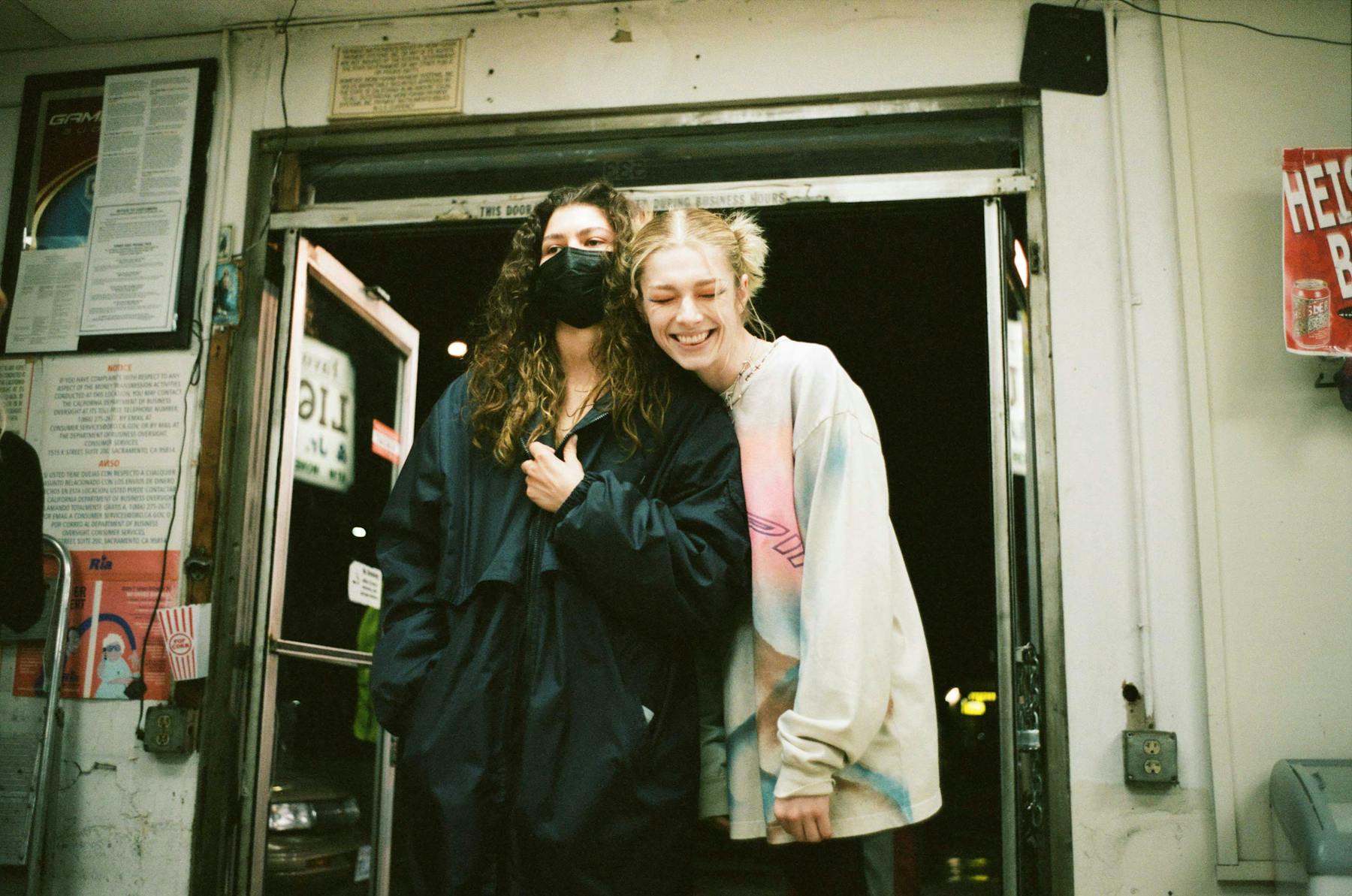
Do you remember the first time a film struck you for its fashion sense?
When I was young, my mom turned a lot of Disney or Technicolor MGM films on for my sister and I. I think the first image that comes to mind for me is The Wizard of Oz, it is so iconic.
It is like eye candy.
What was your relationship to fashion during your teenage years?
I understood very early on that what I wore was a way of presenting myself to my friends, to my school and eventually to the world. My personal style was an opportunity to communicate who I was, or who I felt I was at the time. And even what tribe I wanted to belong to. It is all so aspirational in the end. When I was a teenager myself, I was already aware of what a t-shirt meant – the cut, the logo or the art on it. I can remember picking certain brands to wear, because they spoke to either some aesthetic quality that I felt an affinity towards, or because they had a “cachet” I wanted to associate myself with. At the same period of time, the year picture taken at school was very important to me in terms of fashion. I wanted to signal who I was. These portraits were like a time capsule I wanted to keep and be able to look back at to figure out all the self search I went through.
You previously worked in editorial fashion. Has this “detour” helped building your vision as a costume designer?
I first went to school for filmmaking. I knew I wanted to work in TV and film but I didn't break into it right away as it was a bit hard to find my footing without knowing anyone in the industry when I first moved to New York. I was 18. On the contrary, it was very easy to get unpaid internships at magazines. My first ones were with W magazine and WWD. I then interned at Paper Magazine – a very New-York-centric magazine that I used to get in my mailbox at my parents house – before becoming market editor there. Not to date myself but at the time, being a stylist wasn't a common thing at all. It was actually quite difficult to explain my job to people around me, to my family members and friends. All that time spent making my way as a stylist in fashion magazine definitely informed my costume design career. I think I was already looking at creating looks as a way of building a character.
What does cinema have over fashion?
Fashion has a lasting impression but there is something more lasting and timeless to me about cinema. It has a different kind of resonance. The subjects and world you work building are maybe more abiding. There is a depth to it that gives access to another dimension of meaning: costume designing is also about reflecting on the whole backstory of a character, the invisible reality behind a story. And I love that.
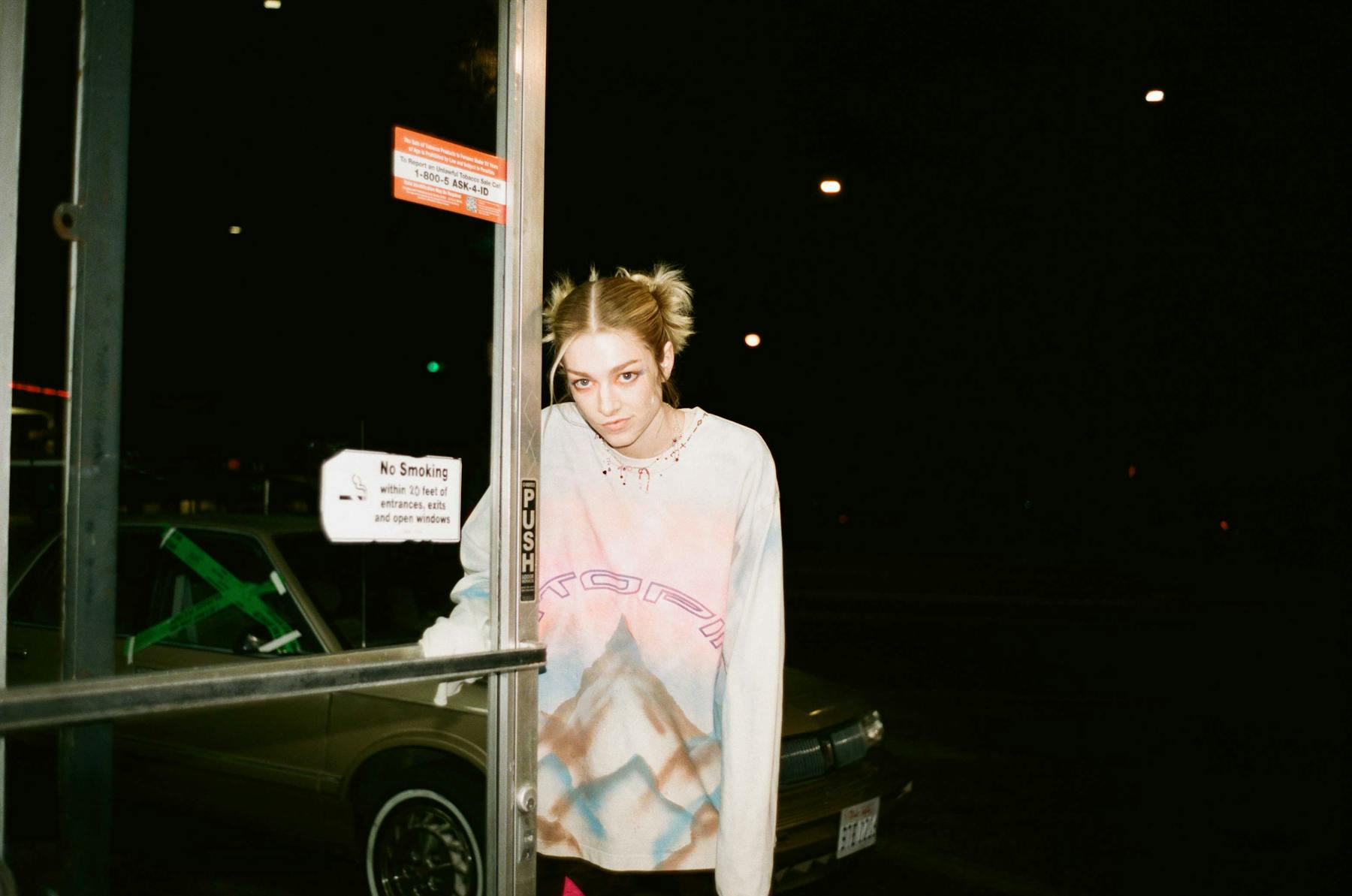
How different your approach of these two jobs is?
I actually use a lot of fashion editorial images today to nourish my vision of a character. I don’t necessarily moodboard but I work with stills. When I'm thinking about how to build a character, how to build their closet and create their look, fashion references are constantly in the front of my mind. I think about a frame in a movie as a still fashion image: what is in it? what are all the little details, however small they may be? They all participate in the reading of a frame and the way characters will be incarnated. Once they call “action”, there is nothing I can control in that frame anymore – which used to make me very anxious. That is the reason why I pay quite a lot of attention to detail. Many creative people have this obsessive compulsiveness about their work. I totally fall into that category. But I have learnt to love watching a still I imagined in my head becoming alive and autonomous in front of the camera.
I imagine your work being sometimes one of an anthropologist. You have to know a lot about eras, generations, class divides and systems of belonging… Research is the most fun part of costume design for me. That time, when you get the script and everything is yet to be built, is very galvanizing. It feels quite academic in a way. I go to the library for hours and get seeped in the subject matter. I mine in books, photos, magazines for days. I also interview people who represent somehow the story or have participated in it. At that stage of the work, the possibilities are endless, your imagination is unbridle and you can build a whole world.
The movie Mid 90’s of Jonah Hill has been acclaimed for its accuracy in terms of style and aesthetic. How do you avoid making historical faux pas?
Mid 90’s worked out so well because I just happened to keep all my skate magazines from that specific era. When I was younger I somehow decided to keep these as if, psychically, I knew I was going to end up working on this project. It was very strange in the coolest way, when Jonah called me for this movie. I thought “Oh my gosh, I think I have all my skate magazines at my mom’s house”. I looked for them and here there were, waiting from me. I had kept the ones from 93 to 96 and that was it ! These exact years !
For the movie I didn't use anything that I didn't have solid proof that it existed. Because, you know, there is a reason why skaters rhymes with haters! To make a movie about skateboarding can get touchy. Especially with that community, I needed to make sure I was dotting all my I’s and crossing my T’s. I was imagining all the super negative Reddit threads appearing online if I had got it wrong, my god !

Harmony Korine, Jonas Hill or Sam Levinson… they all share a specific esthetics relying on visual and sensorial immersion. The dark, neon-light and dreamy atmospheres they create around teenage existence also unite them around a common playground. How do you perceive their cinematic image?
It has a lot to do with the Directors of Photography they have worked hand in hand with. There is Marcell Rév working on Euphoria, or Benoit Debie who did the movie Spring Breakers. Also Tom Poole, who grades the series, did the coloring for the movie Drive, 10 years ago now, which I think was a major turning point in cinema. For me, all these guys, supporting and inspiring each other, are part of a school of visual that emerged with Drive.
Together and individually, they have created a new look for film and television, which feels very unique and specific. In 20 or 30 years from now, we will look back at it and see it as a movement, a visual sort of school, like we think of the French New Wave for instance. I would love it to become the American New Wave!
They also explore the torments and beauty of teenage-hood. How does the way they explore this slice of life inspire you as a costume designer?
I like exploring the reality of stories but I also like when they sit on the verge of visual fantasy. It gives me the opportunity to do something that doesn't necessarily have to be real or gritty or purely authentic. I don’t think replicating what people in the world exactly dress like, by just sitting outside of high schools and observing, would have been interesting. The margins between reality and teenage fantasy, or aspirations even, are the most fun to explore. When I started working on Euphoria, I wondered which way to go. I wanted to do something interesting and push it but I also didn't want to pull people out of the story. I had to find a balance between realism and fiction. A style that is based on our own reality, grounded in real experiences but that also transcends them. We can easily figure out what a teenager would wear in reality, but what they dream of being or appearing like is a whole other dimension that cinema or TV can delve into.
The way young people have responded to the show is also very interesting. Its aesthetic has had a tremendous echo online…
I don’t think I have ever been involved with something that has reached that level of public consciousness. It is crazy. All the memes and challenges piling up on the internet… It is huge. We are talking about super serious subject matters, yet there is enough humour and space to look at the series in a different way. It also means people have appropriated it. They play with it. One of my favorite shows is Saturday Night Live which explores serious subject matters at times but also uses humor as a space of relief. The memes created around Euphoria are also important pockets of relief. When you are working on the show, it is day in day out. It is really hard to grasp this idea that it could reach that many people and break records. I credit that a lot to the young fans of the show, who were not necessarily the first targeted audience. They have embraced it as their own and there is no turning back from that. It opened a larger and sometimes difficult trans-generational dialogue about the subject matter, which I think is a great achievement.
How do you work the wardrobe of a character? Do you have access to “invisible” backstories that feed your research?
Yes, I do. I have to have what I call a “filter” that I run all the ideas through. I need to get or establish information that are not in the script or anywhere else. What the parents of a character do for their living for instance or how much money they get to buy clothes, where they like to shop… all these kinds of things. I run it by Sam Levinson to make sure we have the same vision. Then I share that information with my team. Before filming I also work with the production designer to find out what that character's house is going to look like, what it says about the class or territory they belong to. It becomes guiding points for me to decide what is right for the character.
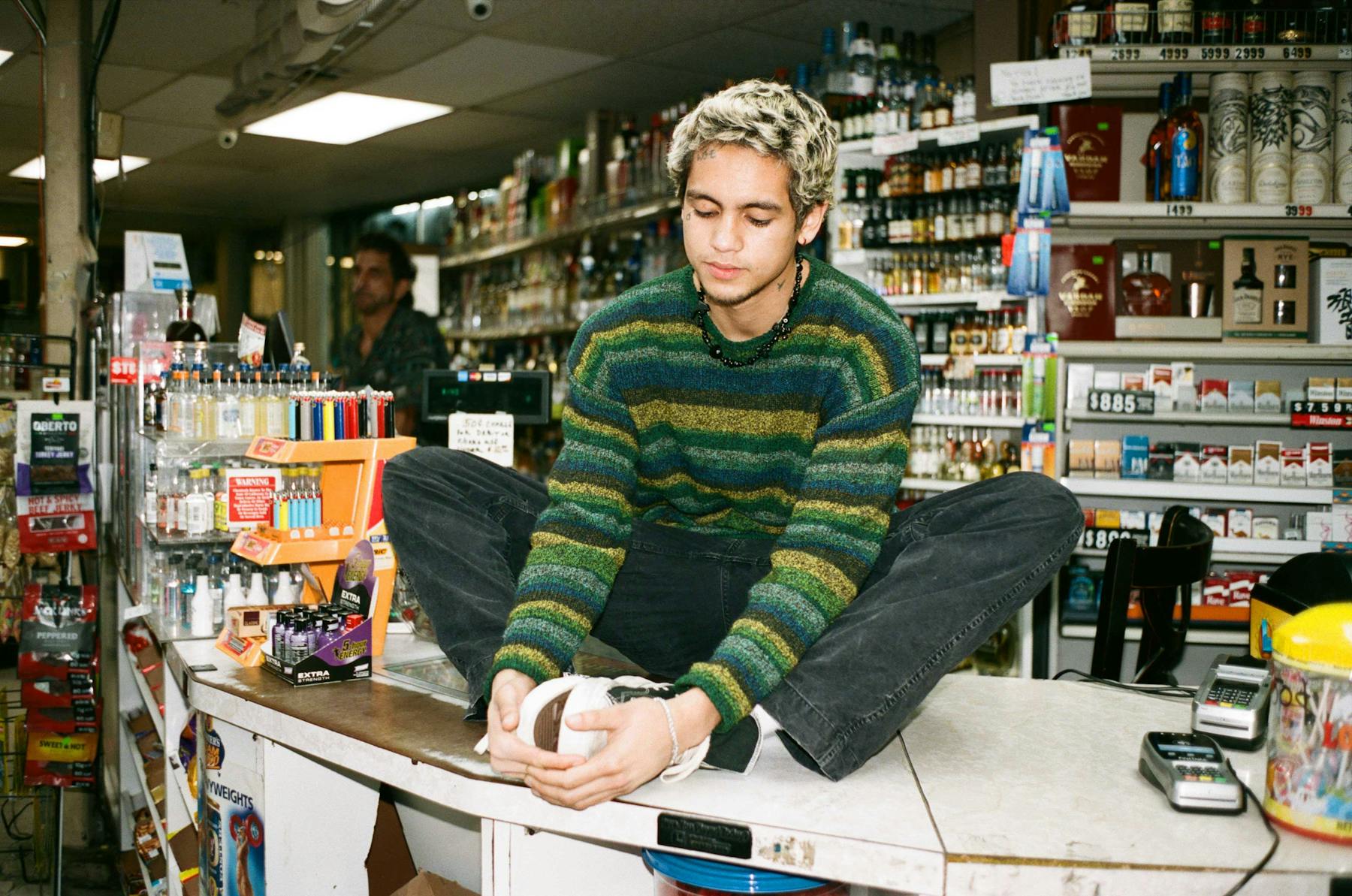
There are pieces of clothing that also play a major role in the narrative. I am thinking about Rue’s red hoodie for example. How did it become so iconic?
It is typical of an element coming straight from the back story of Rue’s character. It belongs to her father who died before season one. It became a starting point to establish Rue’s comfy, low-fi style. She clings to it and wears it a lot because it has a special value to her: it is a reminder of her father and his love for her. During season 2, as she falls back into dark habits, the hoodie is less visible on camera, which makes sense as it says a lot about where she is at. She is trying to block the sense of conscience it represents as she starts using drugs again.
Like Rue, some characters have evolved a lot throughout the episodes. Not only because of the plots but also because they are teenagers trying to figure out who they are. Jules is figuring out her femininity and plays a lot with gender codes. In the first season she dresses in a very girly way, a bit Kawai, trying to please a patriarchal fantasy. Later on, she frees herself from that. What is the arc of the of her character in terms of dressing?
When the first season started, I didn't have any scripts for second season. And I didn't even have all the scripts for the first season. Working in television is different from film, where you have all the script at once, and even if it changes a bit, the arc of the story is not going to change drastically. With Jules, I was figuring out and discovering who her character is, and who she's becoming, at the same time as Hunter (Schafer, the actress). It has become an exploratory collaboration where we would suddenly get a new script and make choices based on the new information, as the character was evolving and affirming right in front of our eyes, almost like in real time. Because of that, working on Jules’ character became an instinctive process, a gut reaction. It was not as meditative as with the other characters of the show. I have to react and respond to where she is at a precise moment in her personal journey as Jules is in constant evolution, exploring her very own identity as transwoman, which has to be perceived in the way she dresses in every scene. As you mentioned, at the beginning of the series, Jules is dressing for men. She has an idea of what a cisgender older man wants of her. She responds to a binary vision of gender dressing somehow, and plays that role, which she is unaware of. As she evolves and falls in love with Ru, her appearance changes a lot because, her identity and preferences do too. She emancipates a lot from the male gaze she used to constraint herself to.
It also goes with the character of Cassie who is stuck in the gaze of a guy who rejects her.
I know, it is so sad ! She is looking outwardly for love and acceptance. Because of that, she is very easily influenced. For me Cassie is the epitome of the “mall culture” girl. She looks at those influencers on instagram with envy and mimics them a lot. As a character, she says a lot about this period of life when one can sometimes listen more to other people’s desires than their own, which, in Cassie’s case, generates this cookie cutter idea of what she “should” be.
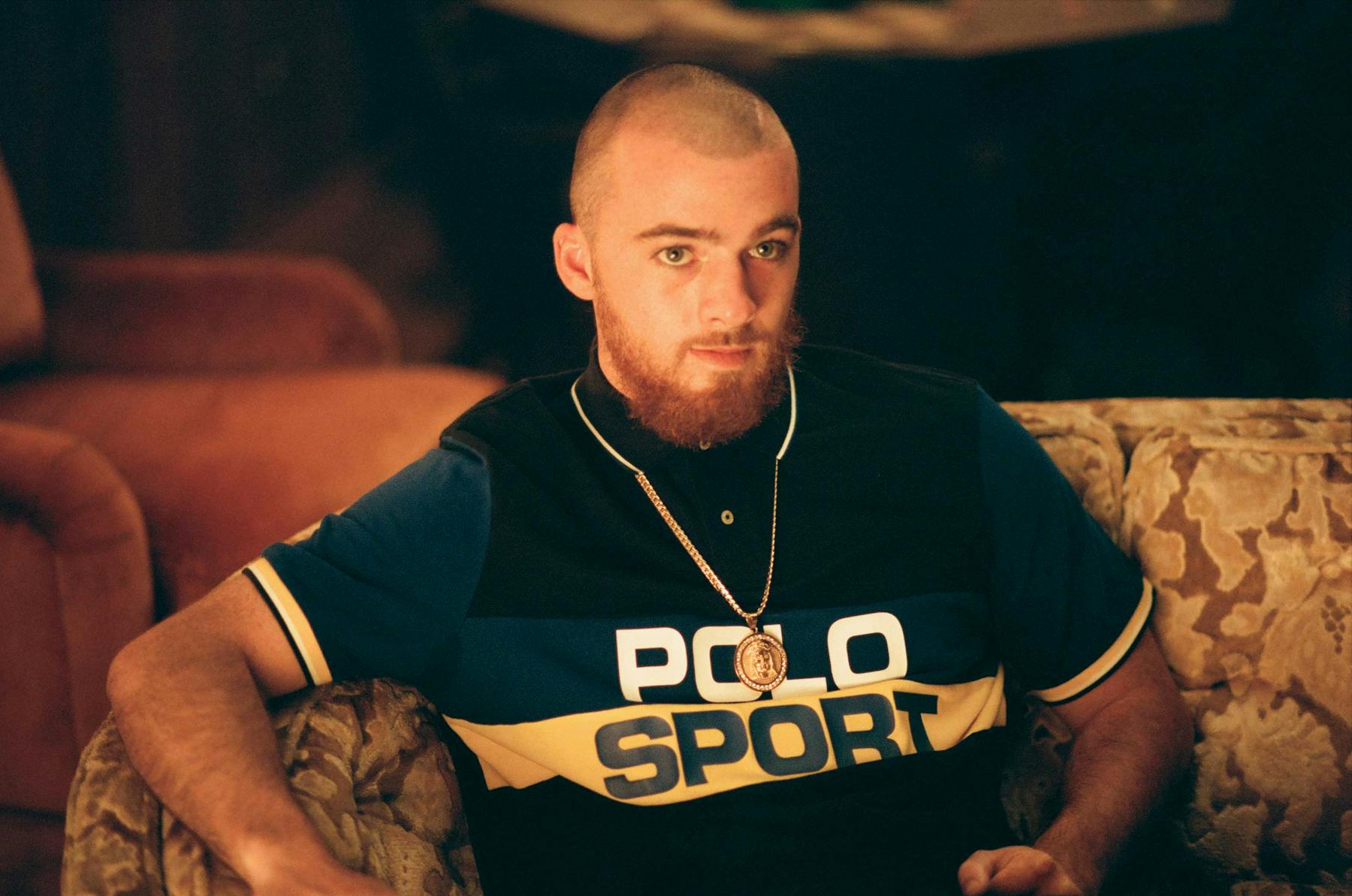
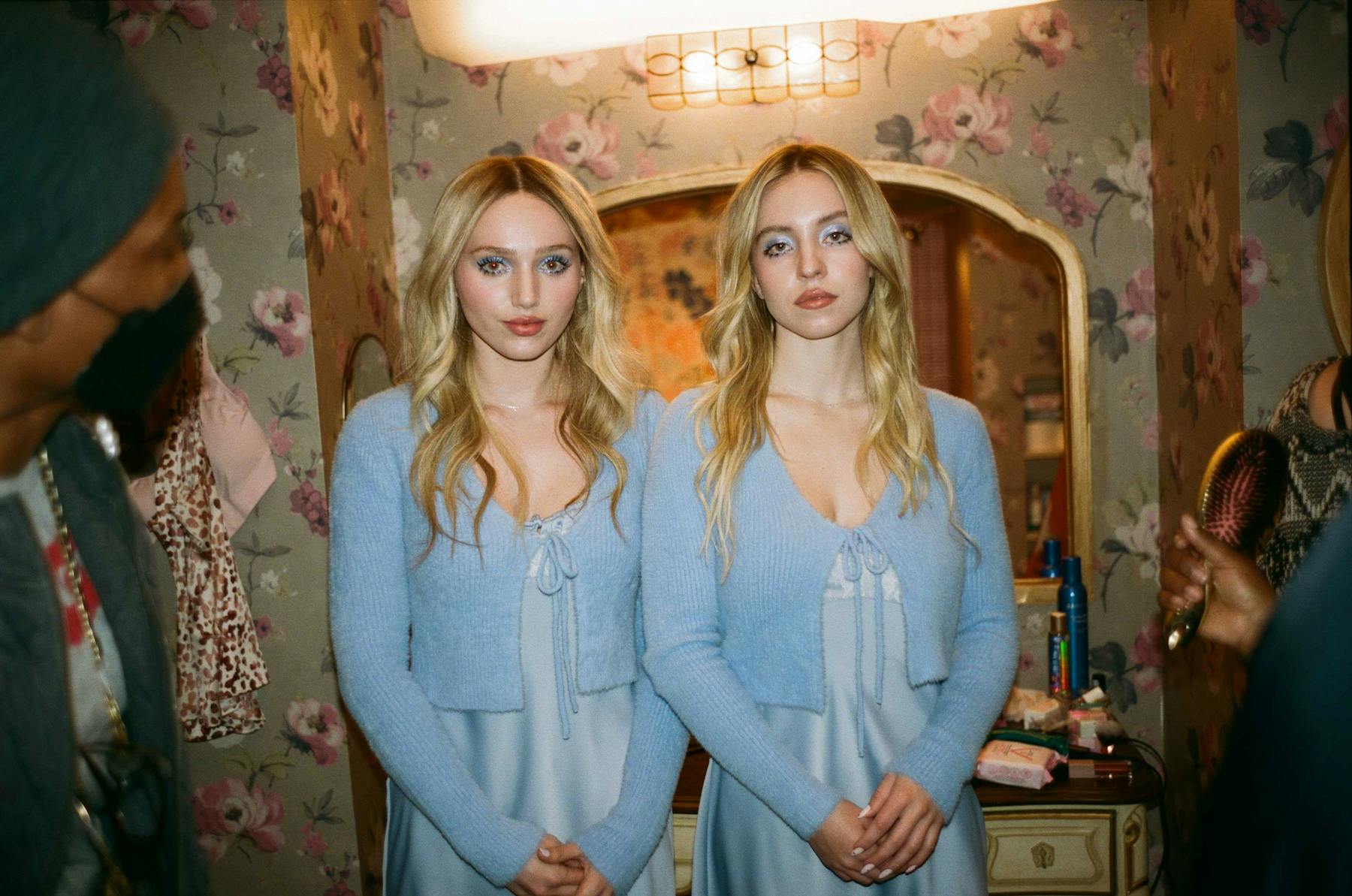
The kind of brands a character like Cassie would go for abound on Instagram at the moment. What are the best fashion brands you have discovered working on the show that come from the top of your head?
There are so many! Like Gogo Graham, Runny Rabbit, Claire Barrow, Aya Muse for Maddie or Online Ceramics for Rue. My assistant costume designer, Angelina Vitto, is exceptional. She brought in a lot of brands I wasn’t familiar with and her value to the second season was immense. She is younger than me and some of her friends dress quite similar to some of the characters in the show. Her inspiration is first tense, first person.
When it comes to style-tribes, that are so characteristic of American high school culture, it feels like you have tried to shatter or debunk them in order to play out this horizontal “all inclusive” new tribe…
It is interesting that you mention that because at the beginning of Euphoria, I had to think about how to dress all the background characters, the other students in the school. I pitched the idea of defining tribes, pockets of people defined by their common styles. For organizational reason, it was too complicated to establish such strict recurring groups so we went for a more general blur and mash up of high-school styles. I have always been very interested with this idea of people dressing alike, what it says of friendship, influence and intimacy. For example, Jules, Ru and Elliot often have a similar silhouette when they hang out, almost interchangeable. This fluidity in dressing also says a lot about new generations, they relationship to tribes, gender and dressing is so different from what it used to be for our generation. I also wanted to show this modern relationship to style and identity.
